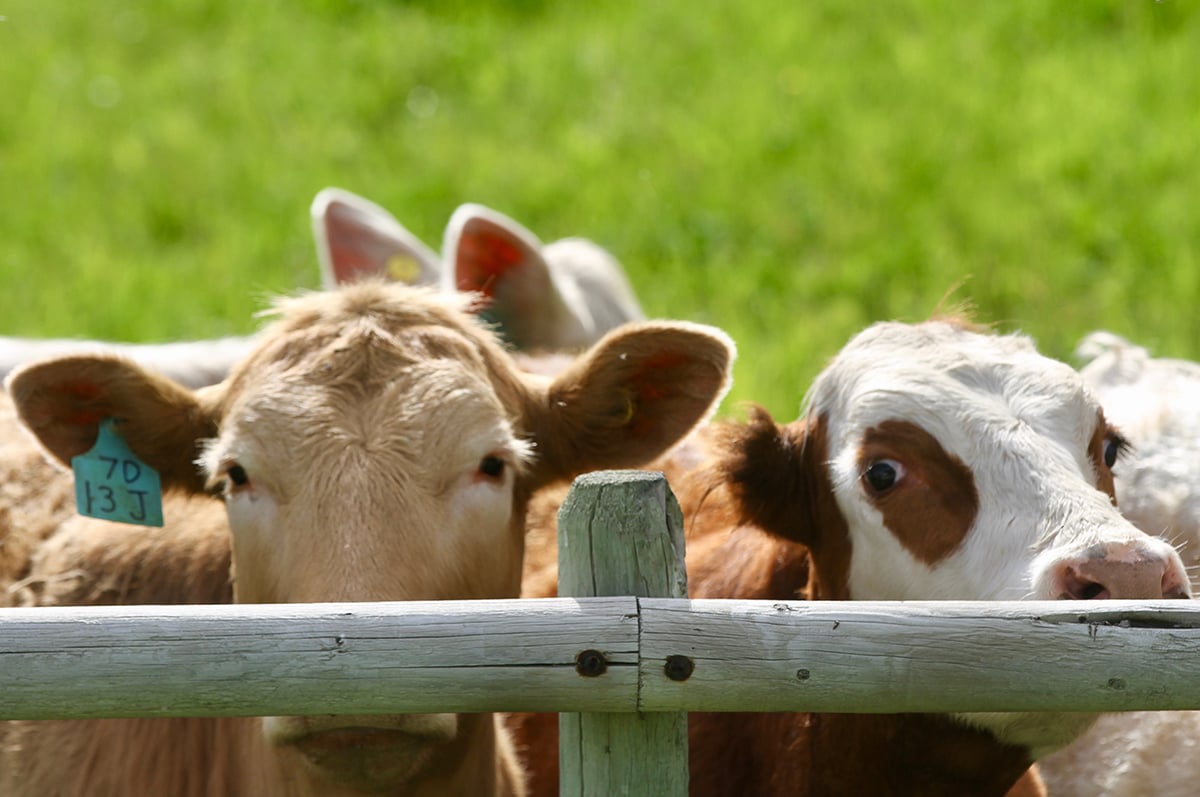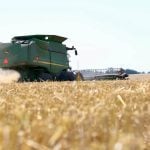EDMONTON — Producers who sold cattle to a tuberculosis-infected herd in southern Alberta can expect a letter in the mail soon from the Canadian Food Inspection Agency.
About 200 herds will be involved in work, starting in September, to further track the origins of the outbreak, said Karin Schmid, an Alberta Beef Producers liaison with affected ranchers and the CFIA.
“The majority of herds that are part of the trace-in inspection can expect their quarantine to last about a month,” she said at a June 13 ABP meeting in Edmonton.
Read Also

Feeder market consolidates at historic highs
For the week ending Sept. 6, Western Canadian feeder cattle markets were relatively unchanged compared to seven days earlier.
Quarantines will not start until a testing crew shows up on a farm. About 10 herds will be tested per week using the caudal fold test. Reactors will be given another test, and if they react to both tests, they will be slaughtered and given an enhanced post mortem examination.
“The source remains an outstanding question,” Schmid said.
“We still do not have any clear evidence indicating a source. We may never know.”
Six cases were found on a ranch near Jenner, Alta., last fall, but the investigation resulted in 11,500 animals being destroyed.
Thirty-two quarantines remain with about 4,500 animals involved. The CFIA has paid out $37.2 million in compensation for destroyed animals, and another $5.9 million was paid out through the Alberta Financial Services Corp. to help producers maintain facilities and provide feed and water while under quarantine.
Cleaning and disinfection is underway on the infected premises. A fallow period of 45 days with an average temperature of 12 C is needed to kill the organism before restocking can begin.
The new animals will be tested six and 18 months after they arrive.
The CFIA has admitted communication was poor at the beginning of the investigation, which went deeper than expected.
“They did not expect the size and scope of this investigation,” Schmid said. “Generally when there is a TB investigation in Canada, it is a little, small contained thing.”
Record keeping and traceability were also analyzed and shortfalls discussed.
“If industry had implemented the cattle identification implementation plan fully, we would be done this investigation by now. It would not have saved all the animals from being depopulated, but it would have sped things up significantly.”
barbara.duckworth@producer.com















